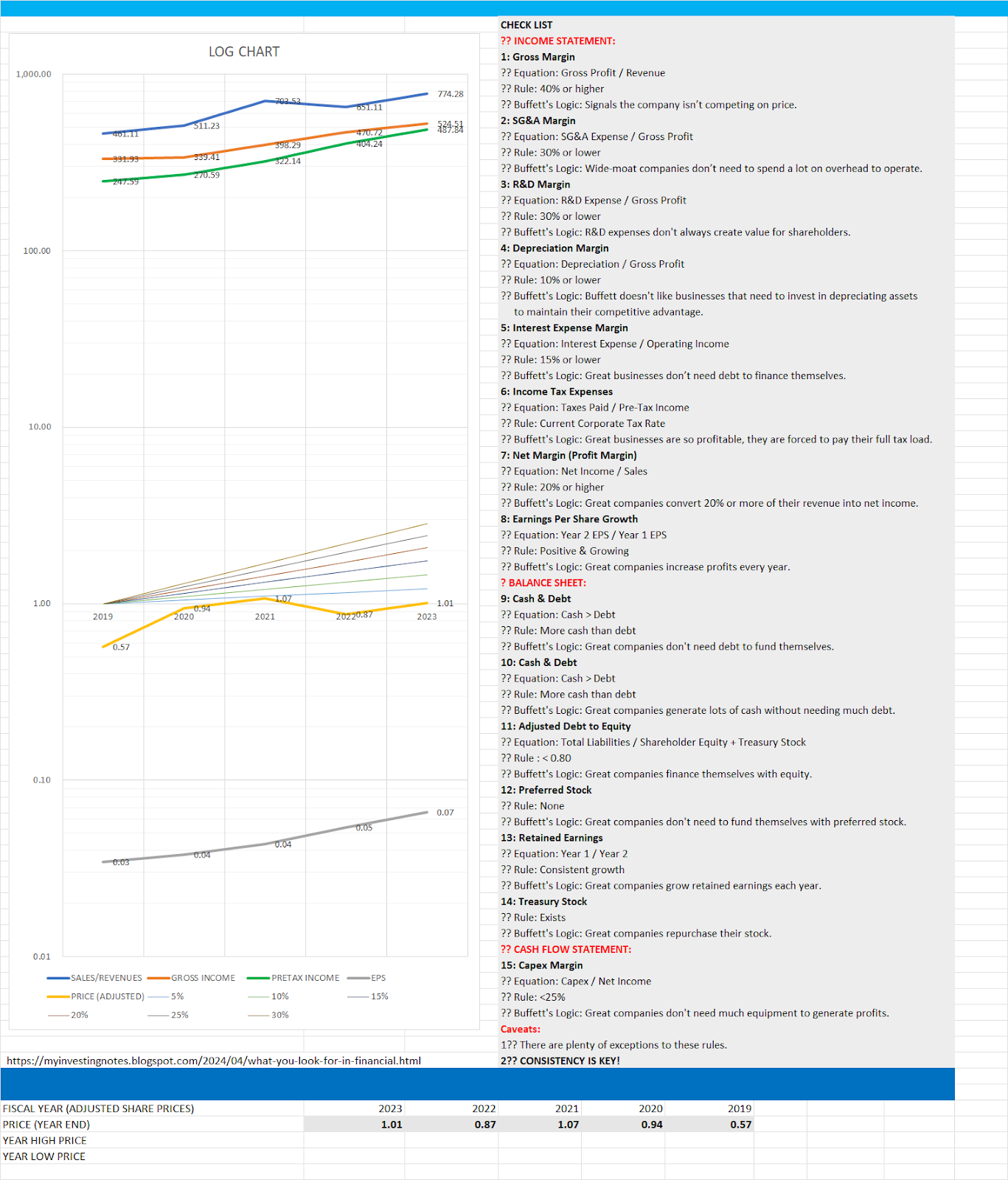Turning operating profits into operating cash flow is a desirable characteristic of companies.
Does it mean that an operating cash conversion ratio of more than 100% is a sign that you have found a great business? Answer: It is not as simple as this. It doesn't mean that a company will go on to produce lots of free cash flow.
1. Companies that have lots of fixed assets
Examples: manufacturers, hotels, oil explorers, miners or utility networks
These will tend to have very big depreciation expenses, which boost their operating cash flow when these expenses are added back to operating profit. This will tend to give these sorts of companies a high operating cash conversion ratio (>100%),
You can spot such companies by looking at the ratio between depreciation and operating cash flow, this is usually high at > 30%.
Depreciation / operating cash flow > 30%
When you come across a company with high levels of operating cash conversion ratio always calculate the depreciation and amortization expenses as a percentage of operating cash flow as well. As a rule of thumb, avoid companies with a depreciation to operating cash flow ratio of more than 30%, because this tends to mean that at least 30% of operating cash flow will have to be spent maintaining assets.
Good companies are ones that don't need to spend a lot of money to grow. When it comes to operating cash conversion, you are better off looking for high conversion rates (>100%) and low depreciation to operating cash flow ratios (<30%).
2. Changes in working capital
Look at the amount of cash flowing out of a business due to changes in working capital - inventory, debtors and creditors. High levels can be a sign of financial distress or aggressive accounting.
Inventory
With inventory, a rising level sees cash flowing out of the company. This is usually fine if the company is building them up in anticipation of extra sales, but if it becomes a trend or is not due to higher anticipated future sales, it could be a sign of trouble. If a company has too many inventory, it might have to reduce its selling prices to get rid of them, which will reduce future profits.
Stock or inventory ratio = inventory / revenue x 100%
A rising inventory ratio can be a sign of company weakness.
Inventory levels are particularly relevant for manufacturing and retailing companies and need to be watched closely.
Debtors
If you are looking for signs of aggressive accounting, then the debtors number in the cash flow statement is something you should be keeping an eye on.
A company can grow its turnover quickly b giving customers generous credit terms. This means that a sale can be booked in the income statement but the company will have to wait longer to be paid. Sometimes, the cash is never received.
A cash outflow from debtors is not necessarily a problem and is expected from a company that is growing. But if this is accompanied by a rise in the debtor ratio, then it can be a sign that something is amiss.
Debtor ratio = Trade debtors / Revenues x 100%.
A big outflow of cash from debtors (looking at its operating cash flow) and a big increase in the debtor ratio are warning signs to be heeded.
Creditors
When it comes to cash outflows from changes in creditors, you need to be wary of very big changes. This is telling you that a company's suppliers are demanding faster payment. Why? This could be a sign of a loss of buying power, a weakness in the financial position of the company or even imminent bankruptcy.
Summary
High quality companies convert their operating profits into operating cash flow.
They do it without having large depreciation expenses or big cash outflows from working capital.
These are the initial steps to a company producing lots of free cash flow.
The next most important step is a company having low capex requirements.


































